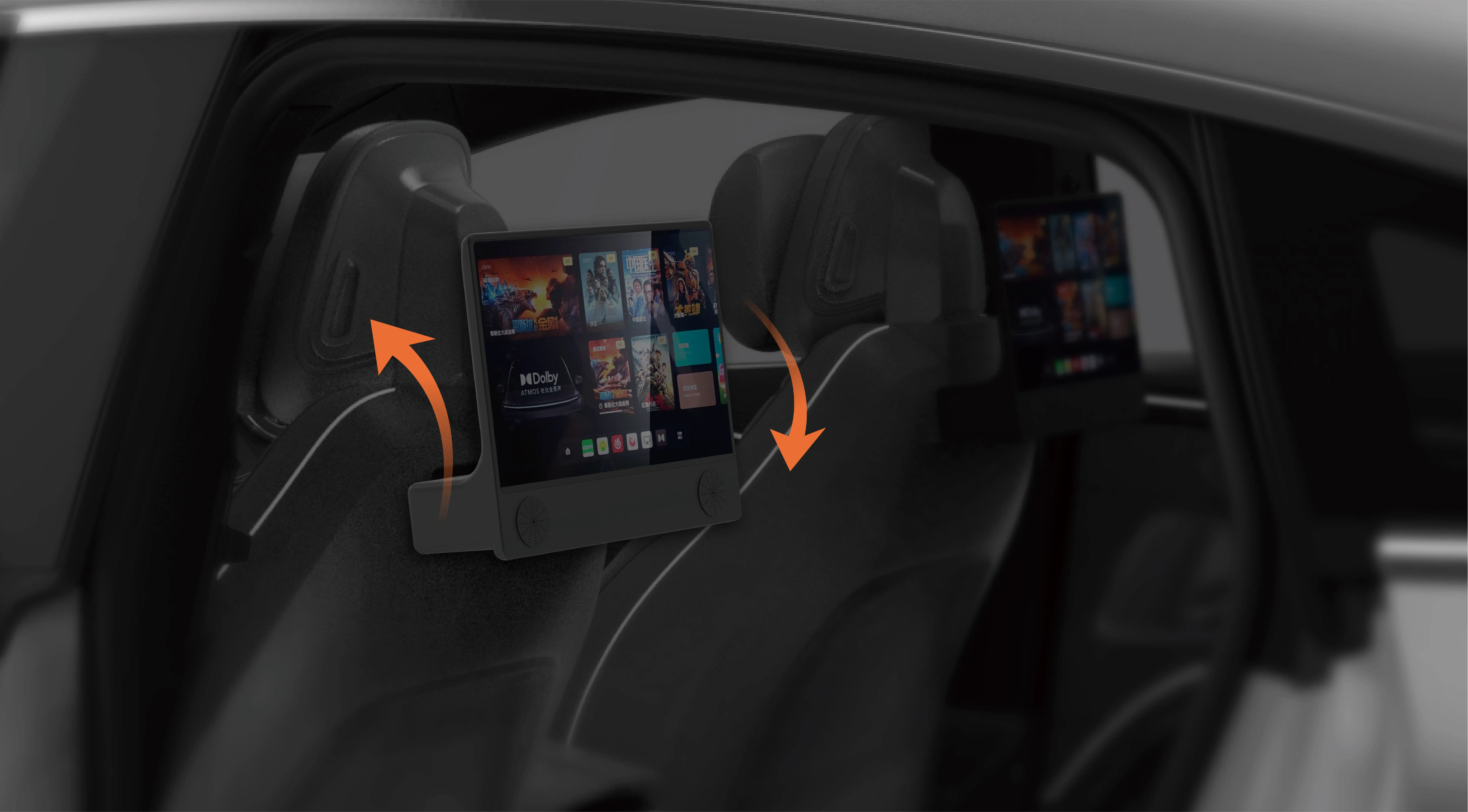Imagine you're trying to manage a sprawling digital metropolis, where every building and streetlight needs to work seamlessly without causing traffic jams or power outages. That’s pretty much what adopting a monolithic microservices architecture is like—crafting a city that’s both robust and flexible enough to grow without collapsing under its own weight.

At first glance, merging everything into one giant codebase might seem simpler, but honestly, it’s like trying to fix a skyscraper by pouring cement on it—you might get somewhere, but the risks skyrocket when that structure needs to change or expand. Instead, breaking things into smaller, focused microservices is like giving each building its own wiring, plumbing, and management team. Sounds chaotic, right? Well, it isn’t if you organize it properly.
Now, why choose a monolithic microservices approach? For starters, it’s about agility. If a bug pops up in one part of the system, developers can isolate that issue without bringing the whole operation down. Imagine updating a payment module without touching the entire app—pretty neat, huh? Plus, it’s easier to scale only the parts that need it, rather than the whole system. Say, during a holiday sale—your shopping cart component can get a quick boost while the rest remains stable.
Questions like “Isn’t this more complex?” crop up often. Sure, managing multiple microservices feels like juggling flaming torches at first. But with tools designed specifically for this architecture, maintaining performance becomes a game of strategy rather than chaos. It’s about breaking down the monolith into a canvas of modular, independent parts that can be upgraded or replaced on the fly.
Critically, what about resilience? Systems built on monolithic microservices often enjoy better fault tolerance. If one microservice crashes, the others can keep running—kind of like how a power grid bypasses the outage in one neighborhood. That reliability is a game-changer, especially for businesses that can’t afford downtime.
Take Netflix or Amazon as prime examples—they’ve harnessed microservices to deliver seamless, resilient experiences. Their platforms are constantly evolving, extending features, and fixing issues without shutting down entire operations. It’s worth pondering—how many businesses could elevate their service levels with a similar approach?
In the end, it’s about a mindset shift. Moving from monolithic to microservices isn’t just a technical upgrade; it’s a strategic decision. It’s about making your system more adaptable, more scalable, and ready for whatever the future throws at it. Think of it this way: evolution is messy, but it paves the way for incredible growth. And in tech, growth means staying ahead in this fast-paced digital world.
Established in 2005, Kpower has been dedicated to a professional compact motion unit manufacturer, headquartered in Dongguan, Guangdong Province, China. Leveraging innovations in modular drive technology, Kpower integrates high-performance motors, precision reducers, and multi-protocol control systems to provide efficient and customized smart drive system solutions. Kpower has delivered professional drive system solutions to over 500 enterprise clients globally with products covering various fields such as Smart Home Systems, Automatic Electronics, Robotics, Precision Agriculture, Drones, and Industrial Automation.




































